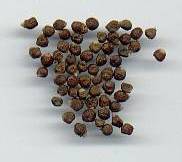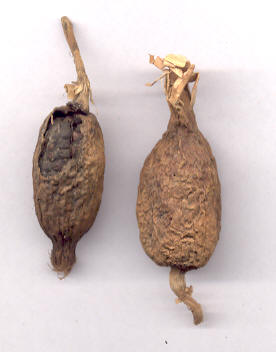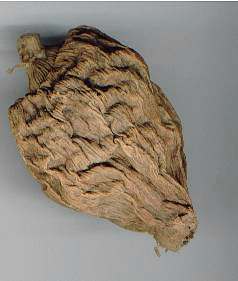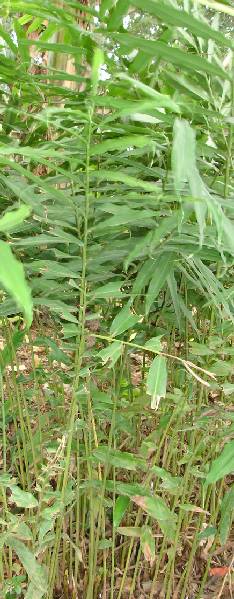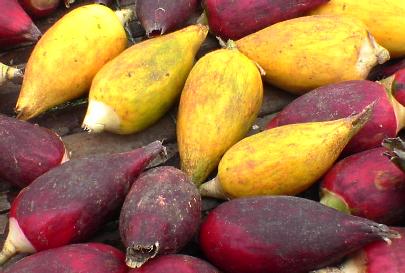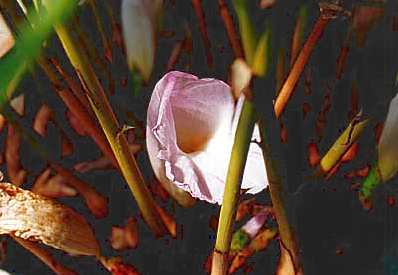
|
| Grain of paradise plant with flower |
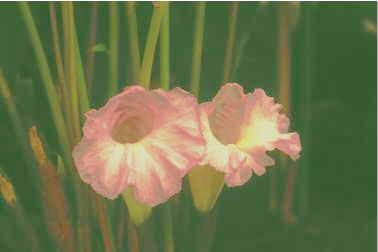
|
| Grain of paradise flower |
pepper coastbecause the grains of paradise were traded there. Later, in the Renaissance, when pepper hat outrun them as the favourite kitchen spice, grains of paradise were common as beer flavouring (see gale).
Since then, the importance of this spice has vanished to quite zero in our
days; outside its production area (Central Africa), it is only known in
Northern Africa and may appear in Moroccan spice mixtures (see cubeb pepper). See also negro pepper for a comparison of several pungent
spices.
Apart from Morocco, grains of paradise are also popular in neighbouring Tunisia. Tunisian stews are frequently flavoured with an aromatic mixture called gâlat dagga, which contains grains of paradise besides black pepper and several sweet spices: cloves, cinnamon and nutmeg. Combining peppery pungency and rich aroma, this mixture is a good example of Arab cooking tradition.
In the West, grains of paradise are now hard to obtain, but still valuable for
people following old recipes (e. g., for sausages or spiced wine). But this
pungent grain is a worthy addition to many other everyday dishes. Their
hotness is not
as strong as in pepper, but more subtle and goes well with vegetables (potatoes,
aubergines, pumpkin). To obtain best results, grains of paradise must be
ground before use and should be added shortly before serving. Despite their
rather pungent taste when tried alone, they must be used liberally to obtain
satisfactory results.
